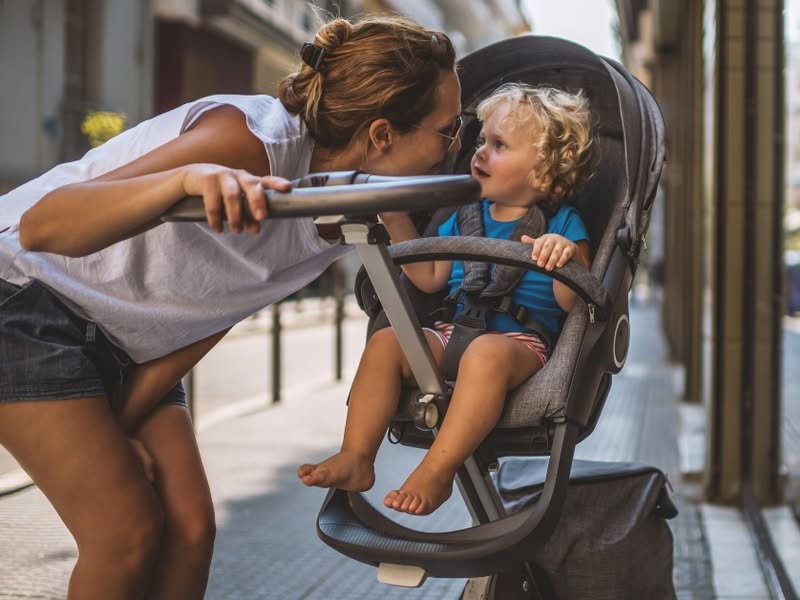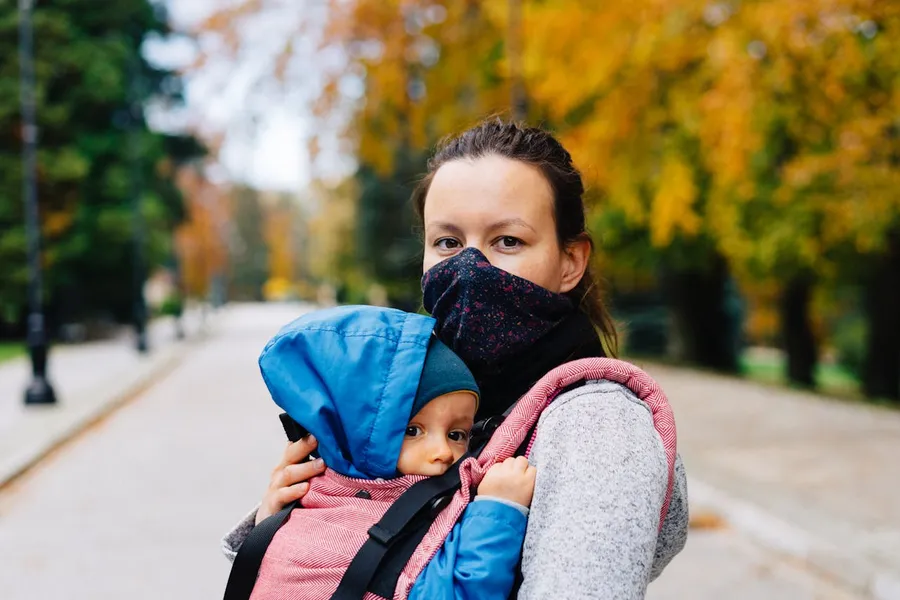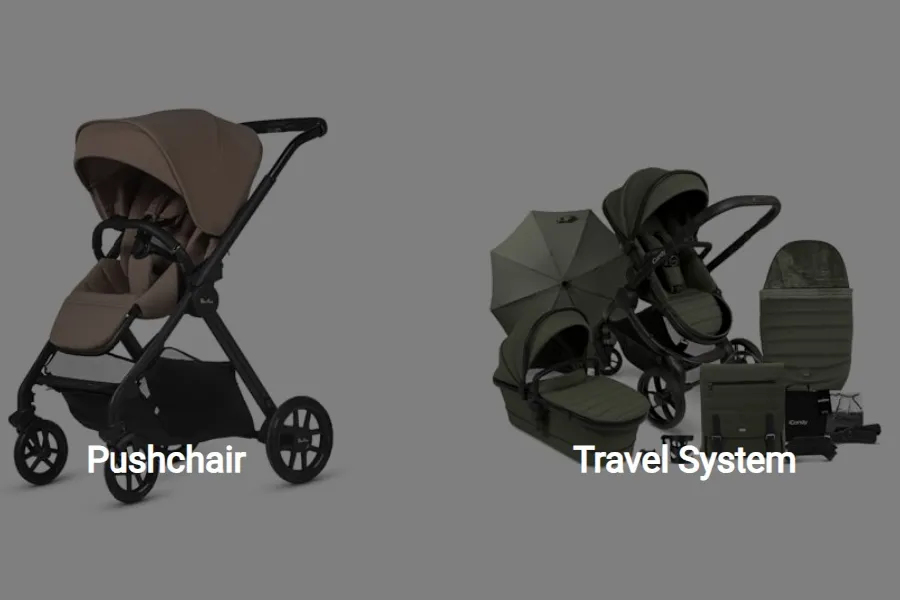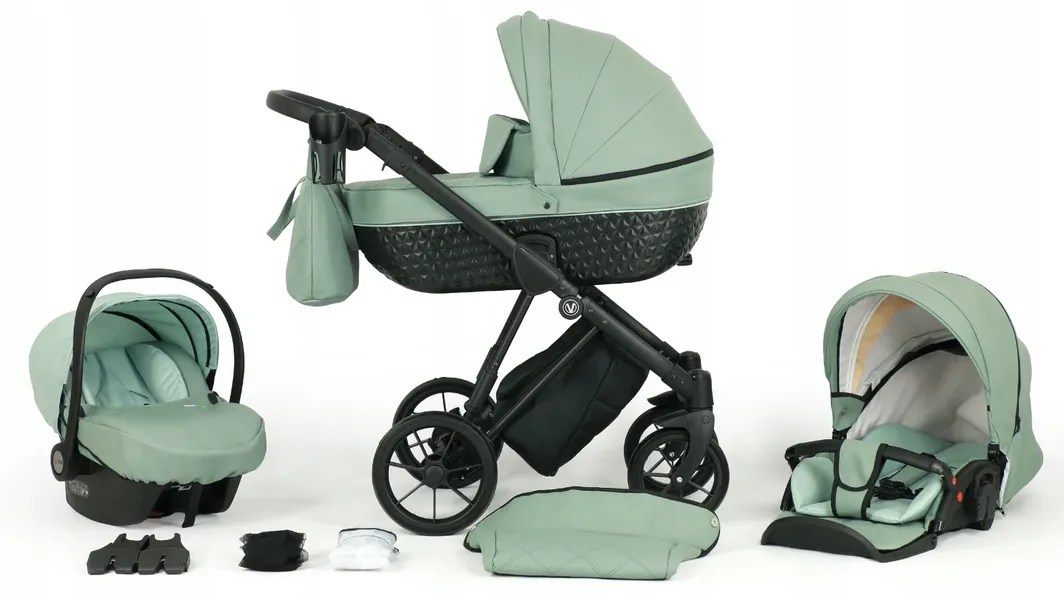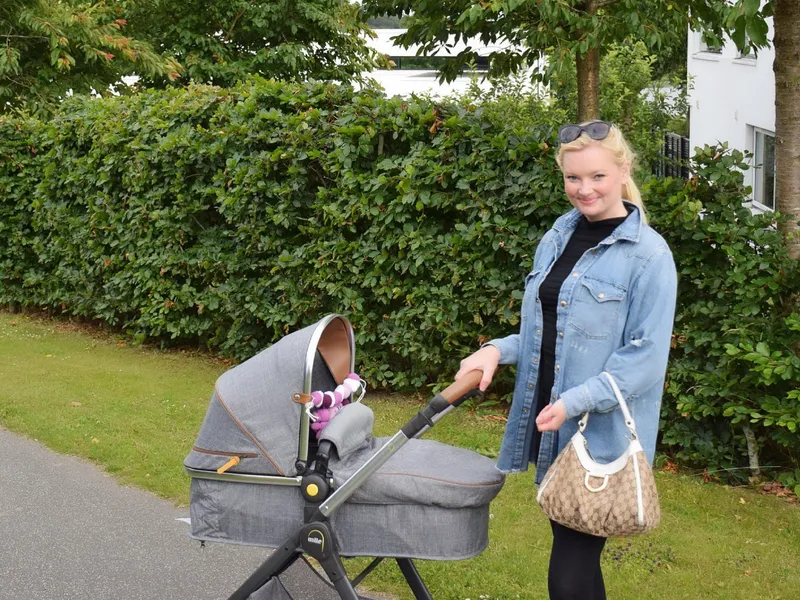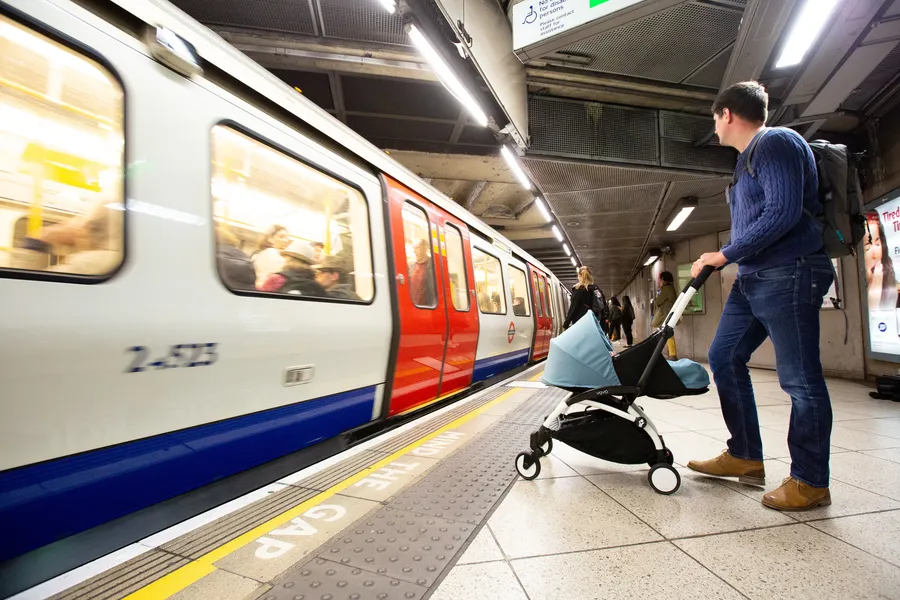
Navigating Tube Station Stairs with a Baby: A London Parent’s Survival Guide
Introduction: Facing tube station stairs with a baby can feel like scaling Everest. According to TfL’s latest accessibility report, 43% of London Underground stations lack step-free access, making stair navigation an unavoidable reality for most parents. Whether you’re new to the underground or a seasoned commuter adjusting to life with a little one, mastering tube stairs with a baby requires strategy, preparation, and confidence.
Before You Travel: Essential Planning
Check Your Route Before heading out, use TfL’s Step-Free Tube Guide to:
- Identify stations with lift access
- Find alternative routes
- Plan your journey avoiding the worst stations
- Scout potential backup options
Expert Tip: “Many parents don’t realize that some ‘step-free’ stations still include some stairs or steep ramps,” notes Sarah Chen, TfL’s Accessibility Advisor. “Always check the detailed station accessibility information rather than just the step-free icon.”
The Stair Safety Essentials
Your Safety Checklist According to London Ambulance Service data, 27% of tube station accidents involve parents carrying children or equipment. Essential safety measures include:
- Proper Carrying Technique
- Keep one hand free for the handrail
- Maintain your center of gravity
- Take one step at a time
- Stay close to the wall side
- Equipment Management
- 3. Time Management
Peak hour statistics show that rushing contributes to 68% of stair-related incidents. Build in extra time for:
- Equipment preparation
- Safe navigation
- Rest breaks if needed
- Alternative route options
Expert Techniques for Different Scenarios
Solo Parent with Baby When traveling alone:
- Use a baby carrier for hands-free movement
- Consider a lightweight travel system
- Keep essentials easily accessible
- Know your limits
With Additional Children Managing multiple children requires extra planning:
- Teach older children stair safety
- Establish clear rules
- Use safety reins when necessary
- Practice emergency procedures
Equipment Management
Smart Packing Strategies
London Underground physiotherapist Dr. James Morton recommends:
- Distributing weight evenly
- Using backpack-style changing bags
- Minimizing unnecessary items
- Organizing for quick access
Alternative Solutions
When Stairs Aren’t an Option Consider these alternatives:
- Bus routes (often more accessible)
- Alternative stations
- Walking between close stations
- Ride-sharing services
Expert Insights
Station Staff Support Underground veteran Mark Thompson explains: “Station staff are trained to assist parents with stairs, but many travellers don’t know they can request this help. Don’t hesitate to ask – it’s part of our job.”
Seasonal Considerations
Weather Impact Different seasons present unique challenges:
- Winter: Slippery stairs and bulky clothing
- Summer: Heat and crowding
- Rainy seasons: Wet surfaces and equipment
Station-Specific Tips
Know Your Stations Some stations require specific strategies:
- Bank: Use alternative exits during peak times
- Kings Cross: Utilize staff assistance points
- Victoria: Navigate quieter routes
Emergency Preparedness
Be Ready for the Unexpected Keep these essentials accessible:
- Station help points locations
- Emergency contact numbers
- Basic first aid supplies
- Backup travel plans
Future Improvements
Looking Ahead TfL’s accessibility improvement plan includes:
- 12 new step-free stations by 2025
- Enhanced staff training
- Improved signage
- Better emergency support
Legal Rights and Support Understanding your rights as a parent using public transport:
- Right to assistance
- Priority access
- Complaint procedures
- Support services
Conclusion:
Mastering tube stairs with a baby takes practice, but with the right preparation and technique, you can navigate London’s underground with confidence. Remember, every parent faces these challenges – you’re not alone in this journey.
